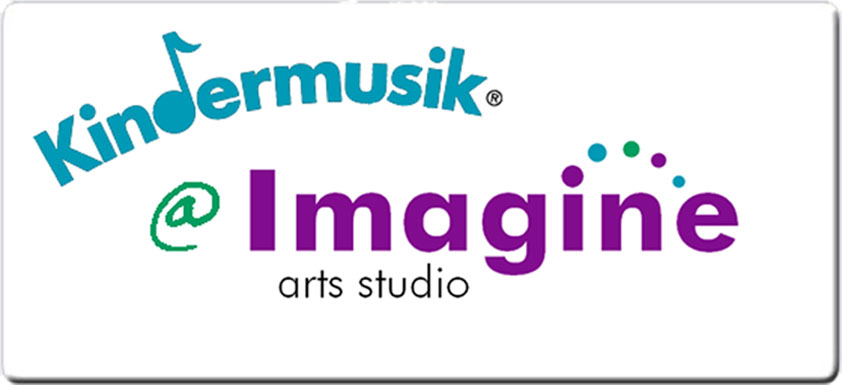What’s so great about musical play? A child’s work is play. Through play a child safely learns about and explores the many dimensions of the world around him, it is also an important tool for self-discovery. Musical play is especially important because only in making music does a child engage all the learning centers of the brain.
Brain Development
In infancy and early childhood, children create the pathways they will use for future learning and problem solving. The more pathways a child creates in the brain the easier it is for a child to learn. Music helps a child create and connect a multitude of pathways in the brain. For example, as children learn to move to a beat they are creating pathways that will help them in math and reading, as well as athletic coordination. Musical play increases comprehension and listening. Music also allows children a safe place to explore and experience both positive and negative emotions. They can play the emotions of happiness and sadness; play being scared as they listen to music that imitates a storm and then be happy when they get to play outside after the storm. This helps them deal with being scared during a real storm.
Socialization
Important socialization skills are learned as children make music in groups. They learn to share and take turns and learn that music sounds better when they are not all randomly banging on a musical object. They also develop a balanced sense of self in relationship to a group as they learn to play their own musical part in an ensemble.
Creativity
With the ever increasing busyness of the American life style creativity in children is declining. Without creativity the modern advances in technology will halt. There is nothing better than musical play to stimulate creativity. All the centers of a child’s brain engage as they creatively personalize music. The creative process is in action when music is adapted to a child’s name and when the child picks the motion to go with the song. In early childhood music there are no rights or wrongs, there are a few safety boundaries, but are no absolutes. For example, there are no right ways to play rhythm sticks, children are rewarded and praised for coming up with as many different ways to play the sticks as they can. It is also a safe environment to just watch and learning from observing the different ways other children play the sticks.



No comments:
Post a Comment